You Should Always Drink More Water When You Up Your Fiber Intake
Yes, everyone wants to feel full for hours after they eat lunch and never be bloated again. But like, how?!? Well, there’s one solution that’s not exactly sexy (your grandma probably swears by it), but it works: fiber, baby.
Sure, you can get your fiber intake from having a fiber bar or supplement but they’re not always the most um, delicious, options out there. Also, you can (and should) get this stuff from real food, too. Fiber helps keep your bowels regular, naturally lowers your LDL cholesterol, and, yes, makes you feel fuller for longer. “High-fiber diets have also been linked to lower rates of colon cancer, but most of us aren’t getting nearly enough,” says nutritionist Alex Caspero, RD.
That said, too much fiber can shock your system, causing bloating and diarrhea (fun!). “If you’re only eating 10 grams now, please don’t start eating 50,” says Caspero. She recommends adding in five grams at a time every few days over the course of a week until you hit about 30 grams per day—the sweet spot for most adult women.
And don’t forget to drink at least eight glasses of water a day to keep all that bulk moving through your GI tract (otherwise you’ll get gassy and bloated).
Not sure where to start? Here are 24 high-fiber foods that pack a solid amount of the nutrient (and other health benefits).
1. Chia Seeds
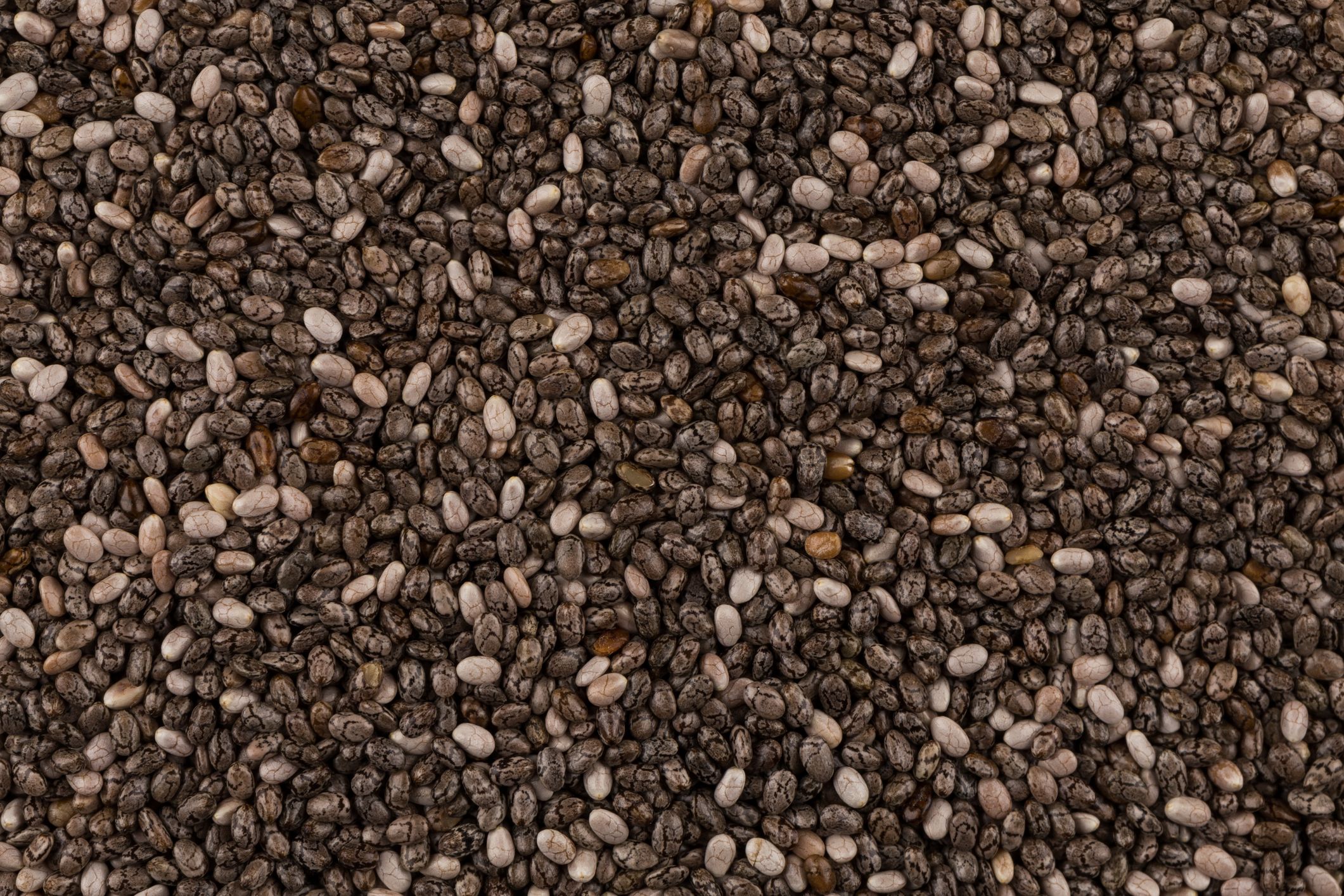 R.TsubinGetty Images
R.TsubinGetty Images
Fiber: 13.5 grams per 1/4-cup serving
Chia seeds add a nice nutty flavor to smoothies, yogurt, and other foods—and they’re super easy to use. Just sprinkle them over or into your dish, and you’re good to go. In addition to an impressive fiber count (and being high in protein), “they’re a good source of omega-3 fatty acids, which have been associated with a decrease in heart disease,” says Keri Gans, RD, author of The Small Change Diet.
2. Sunflower Seeds
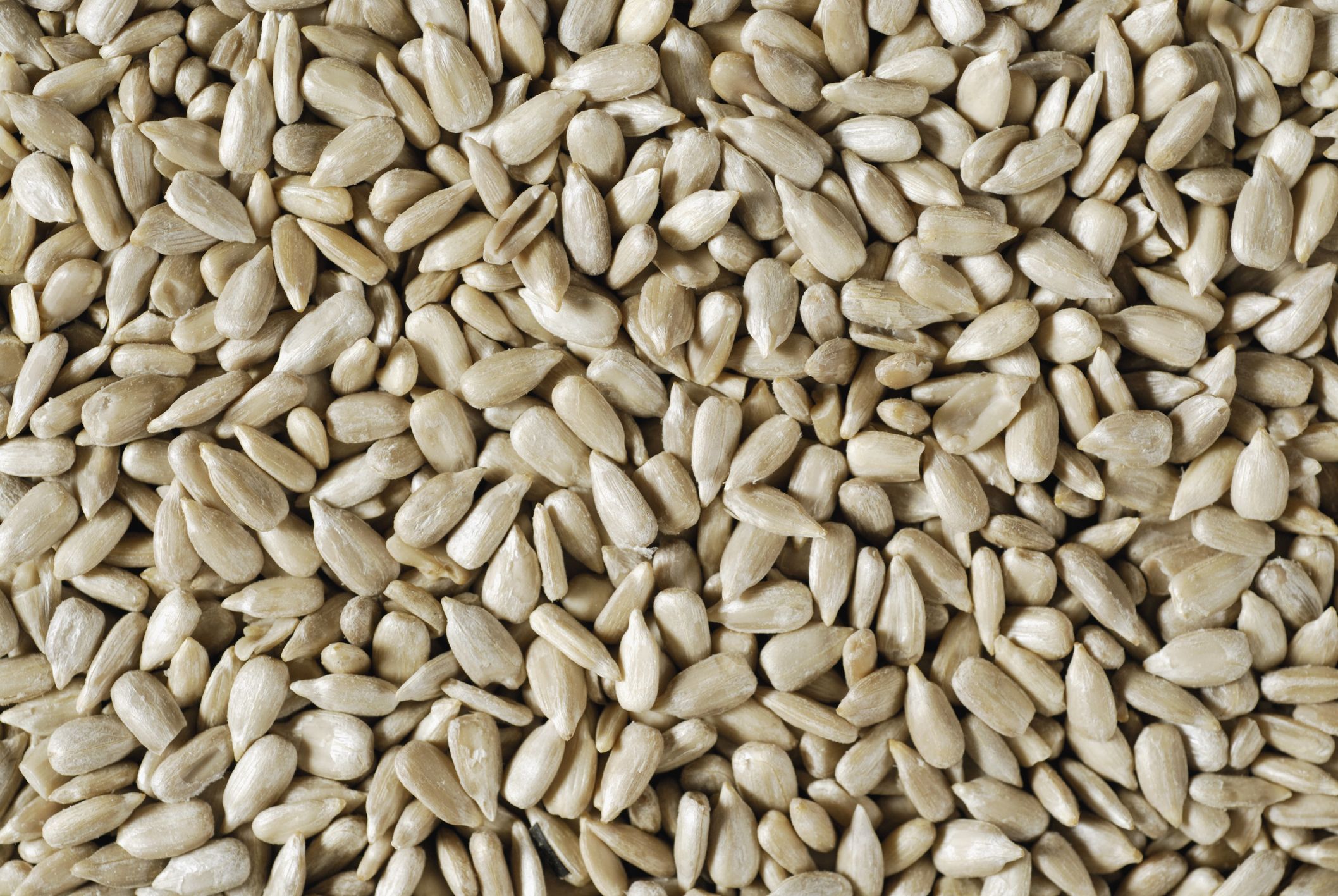 Glow ImagesGetty Images
Glow ImagesGetty Images
Fiber: 5 grams per 1/2-cup serving
Like chia seeds, sunflower seeds are an easy way to inject a little more fiber into your day. These fiber-filled little seeds are also “a good source of monounsaturated fats that may help decrease cholesterol levels,” Gans says. Toss ’em into a salad for a little crunch, or just nosh on them on their own.
3. Bran
 marekuliaszGetty Images
marekuliaszGetty Images
Fiber: 10.5 grams per 1/8-cup serving
Bran is surprisingly versatile—you can add it to smoothies, oatmeal, muffins, and even mashed bananas with nut butter, says Sonya Angelone, RD, a spokeswoman for the Academy of Nutrition and Dietetics. There are also different types to choose from. “Wheat bran is a great source of insoluble fiber, which helps prevent constipation,” Angelone says. “I really like oat bran as a concentrated source of soluble fiber.” (Soluble fiber slows digestion and keeps your blood sugar stable.)
4. Almonds
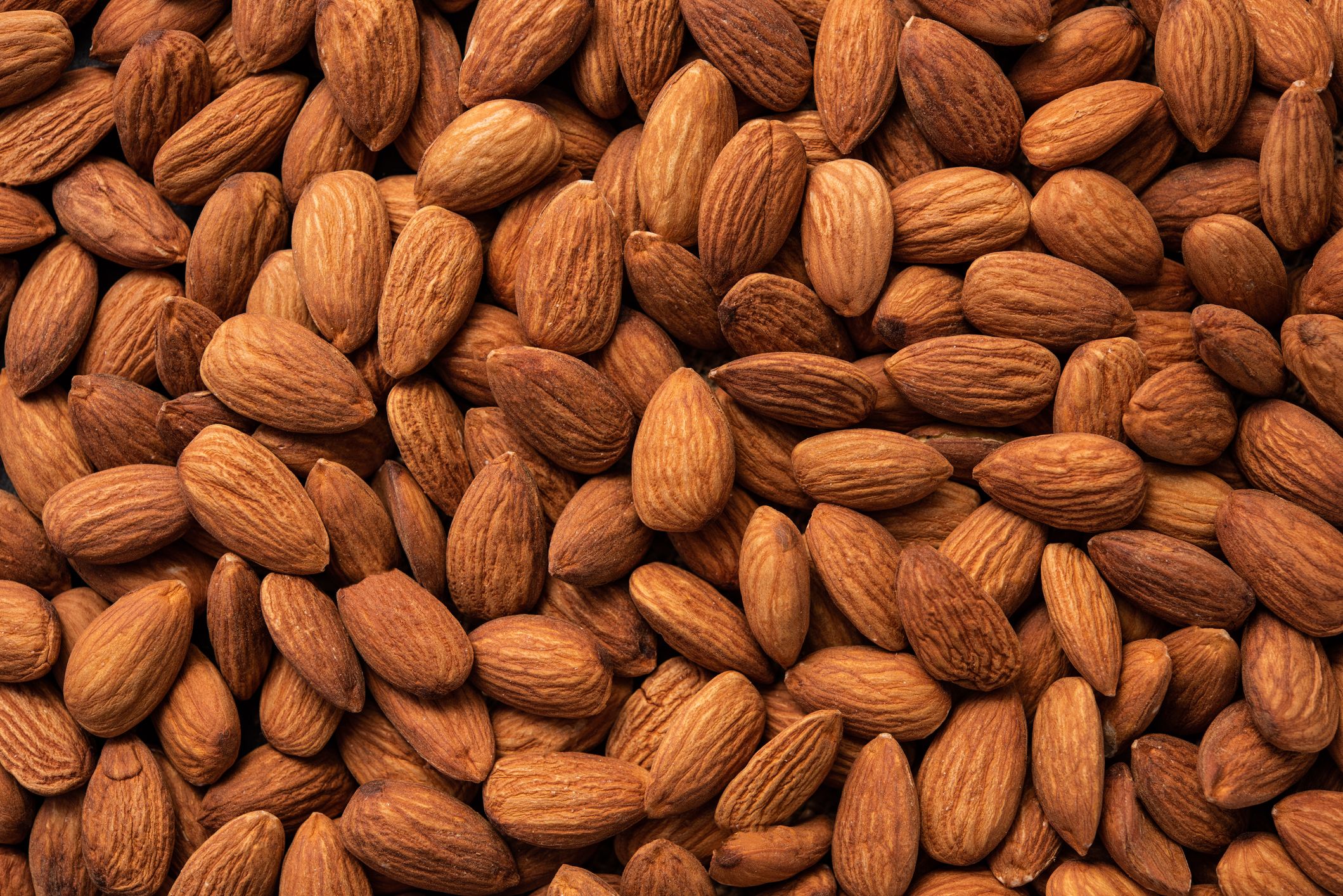 Anawat Sudchanham / EyeEmGetty Images
Anawat Sudchanham / EyeEmGetty Images
Fiber: 10 grams per 1/2-cup serving
High-fiber almonds can do your gut and your skin a solid. They’re a “good source of vitamin E, which has been associated with a reduction in UV damage of the skin,” Gans says. She recommends using finely-chopped almonds to coat meat before baking or over salads, or just munching on them whole.
5. Sweet Potatoes
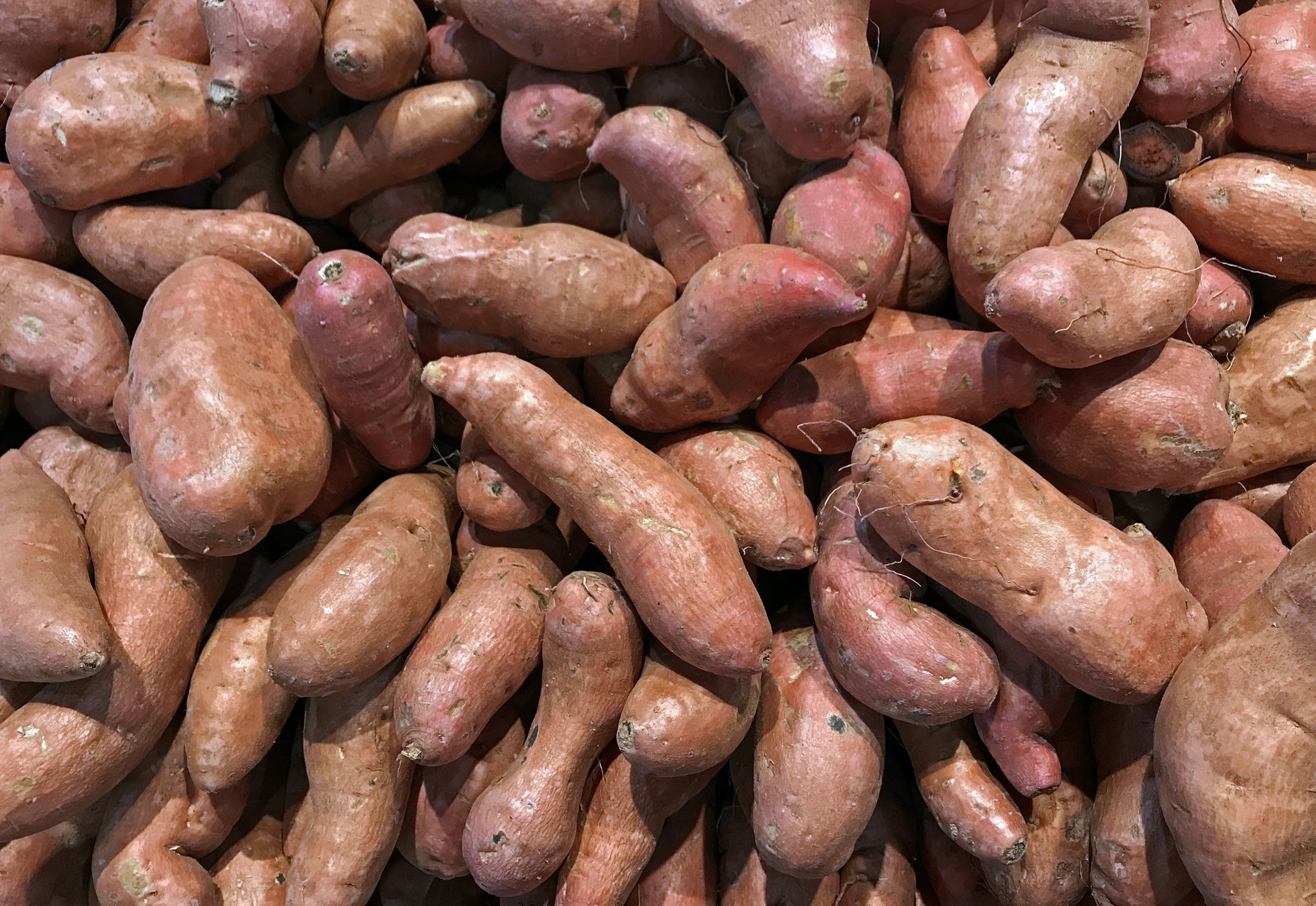 Zen RialGetty Images
Zen RialGetty Images
Fiber: 3.4 grams per 1/2-cup serving
Sweet potatoes are an awesome way to up your fiber intake, plus they’re also an “excellent” source of vitamin A, which is great for your vision, Gans says. You can swap sweet potatoes into just about any potato dish, or try this cool hack from Gans: Slice sweet potato into quarter-inch thick into pieces and put them into the toaster. Then, slather your slices with your favorite toast toppings, like peanut butter, banana, and honey.
6. Prunes
 Creativ Studio HeinemannGetty Images
Creativ Studio HeinemannGetty Images
Fiber: 6.2 grams per 1/2-cup serving
Prunes have a solid rep for getting things moving in your gut, and part of their power is due to fiber. They’re also a good source of potassium, which helps your body regulate your blood pressure, Gans says. She recommends throwing a few into oatmeal, or blending them into smoothies.
7. Split Peas
 Photo by Cathy ScolaGetty Images
Photo by Cathy ScolaGetty Images
Fiber: 22 grams per 1/2-cup serving (uncooked)
Don’t be intimidated by split peas. “They cook up in 30 minutes and don’t need to soak first,” Angelone says. “They also make a great one-pot meal when you add some vegetables at the start of cooking and then fresh spinach at the end.” Split peas are also a great source of iron, which is needed to transport oxygen in your blood, Gans points out.
8. Brussels Sprouts
 Photography by Alex BrunsdonGetty Images
Photography by Alex BrunsdonGetty Images
Fiber: 3.5 grams per 1/2-cup serving
Brussels sprouts are a great option when you’re tired of broccoli or cauliflower but still want cruciferous vegetable benefits. They’re “rich in vitamin K, which is needed to help your blood to clot,” Gans says. Try brushing your Brussels with olive oil, salt, and pepper, and roasting them for a delicious side dish.
9. Flax Seeds
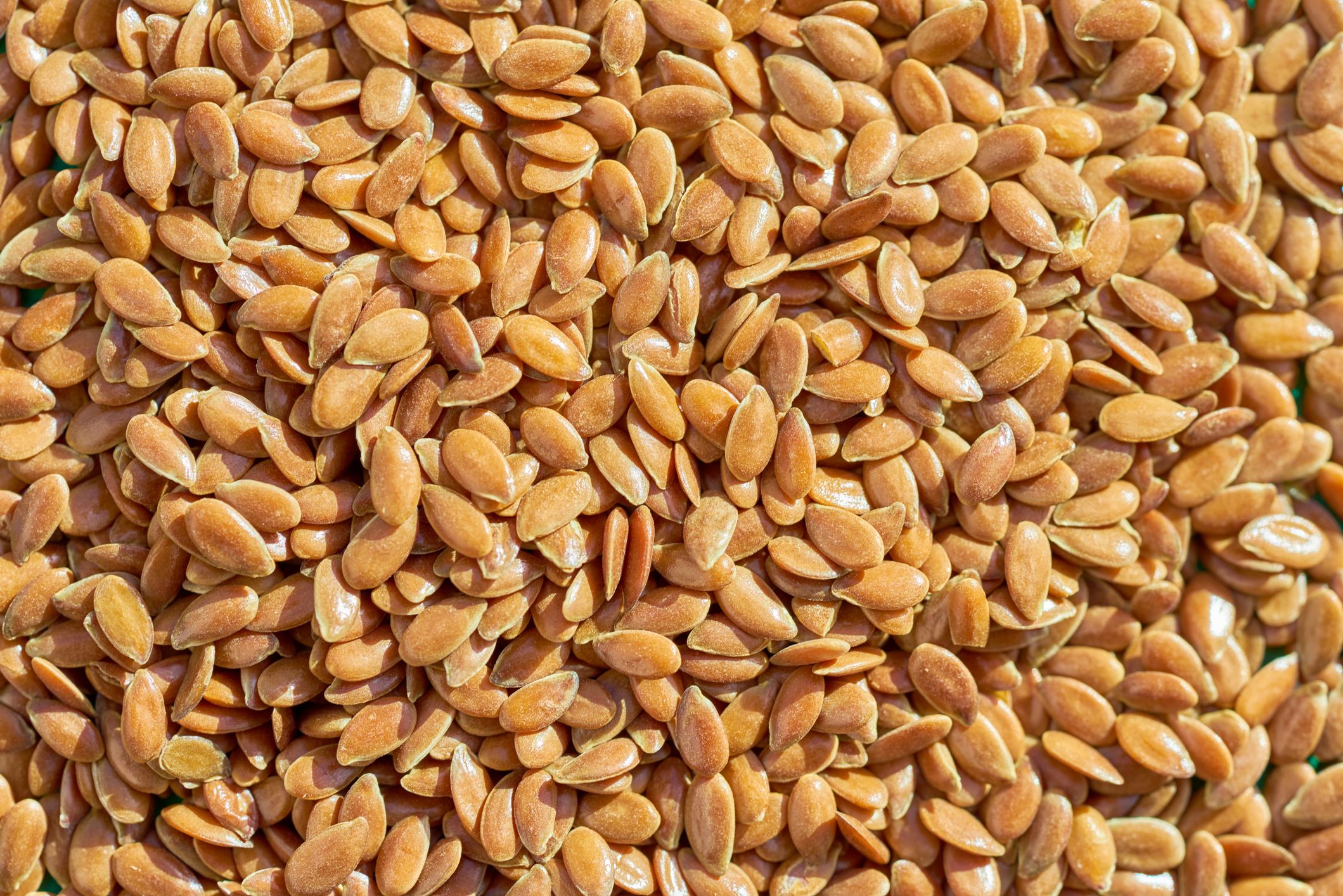 Benjamin Egerland / EyeEmGetty Images
Benjamin Egerland / EyeEmGetty Images
Fiber: 14.3 grams per 1/4-cup serving
Like chia seeds, flax seeds are an easy way to inject fiber into oatmeal, smoothies, yogurt, pancakes, or baked goods, Angelone says. Another, non-fiber perk of flax seeds, per Gans: “They are a good source of omega-3 fatty acids which have anti-inflammatory properties that have been associated with a decrease in joint discomfort.”
10. Seaweed
 Lemon_tmGetty Images
Lemon_tmGetty Images
Fiber: 5.6 grams per 1/2-cup serving
Seaweed (a.k.a. nori) makes a great addition to salads and soups, and can be a go-to snack on its own, says Scott Keatley, RD, of Keatley Medical Nutrition Therapy. (It adds a nice salty flavor to just about anything.) “Snacks like seaweed can help you to feel fuller longer, decrease cholesterol levels, help regulate blood sugar levels, and be great aids in weight loss,” he says.
11. Popcorn
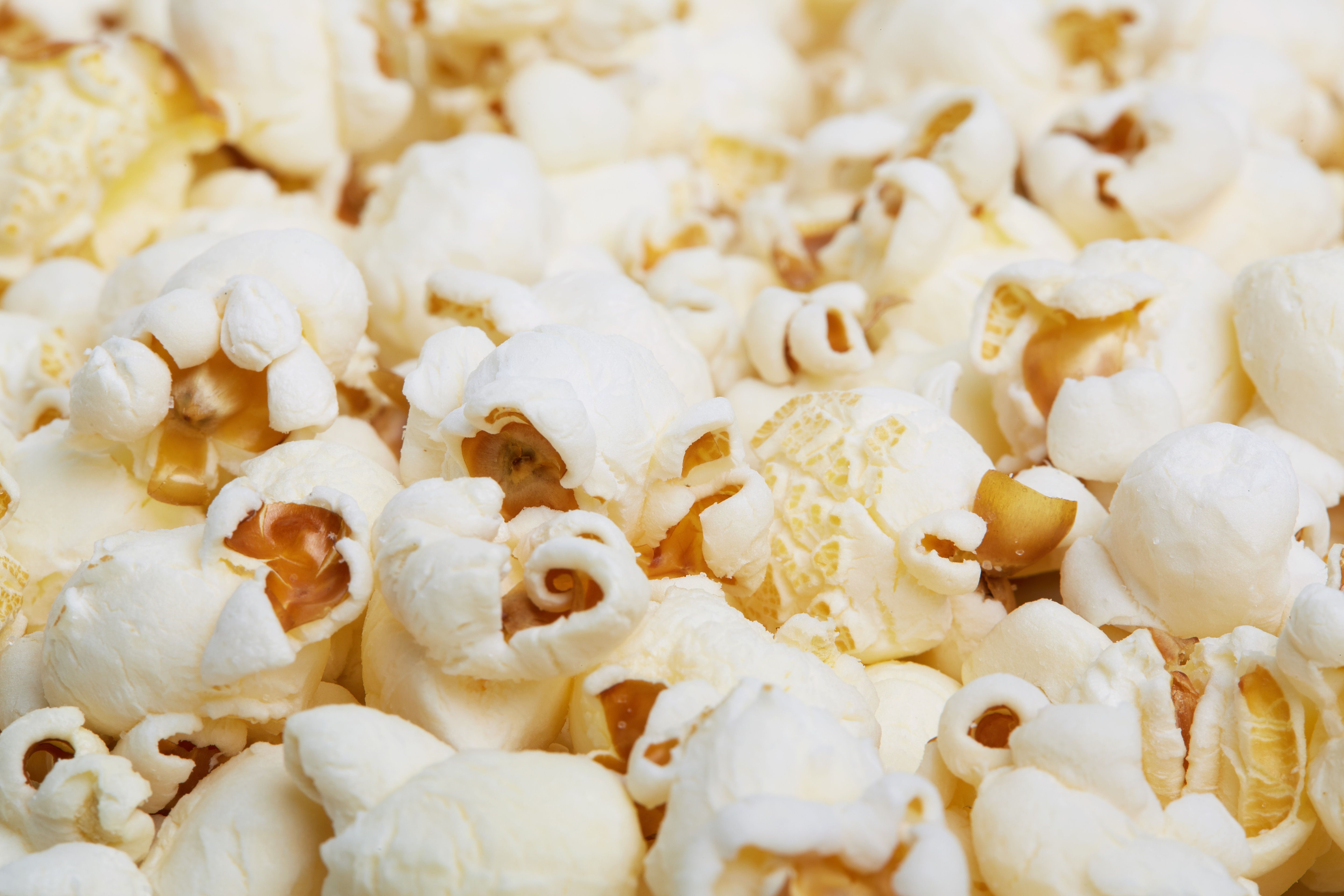 Yevgen RomanenkoGetty Images
Yevgen RomanenkoGetty Images
Fiber: 7 grams per 1/2-cup serving
Popcorn is a whole grain (and therefore loaded with fiber), but the kind of popcorn you choose matters, Keatley says. Opt for the buttery movie theater version, for example, and you’re adding in some ingredients that kind of undermine the good stuff. But, if you get your popcorn plain and dress it up yourself with garlic powder or cinnamon, it’s a benefit-packed snack, explains Gans.
12. Apples
 Weng Hock Goh / EyeEmGetty Images
Weng Hock Goh / EyeEmGetty Images
Fiber: 7.5 grams per 1/2-cup serving
Apples are a sweet way to get your fiber intake up. Bonus perk: Apples are also a great source of vitamin C, which supports a healthy immune system and helps your body produce wrinkle-busting collagen, Gans says. Snack on them plain or top them with almond butter for more staying power.
13. Artichokes
 Getty Images
Getty Images
Fiber: 7 grams per medium uncooked artichoke
Artichokes are a great source of fiber—but a pain to prepare. To make life easier, Caspero suggests adding frozen or canned artichokes to salads and frittatas. Or toss into whole-wheat pasta with sautéed sun dried tomatoes, parsley, chicken, and a sprinkle of feta for a fiber-rich Mediterranean meal.
14. Lima beans
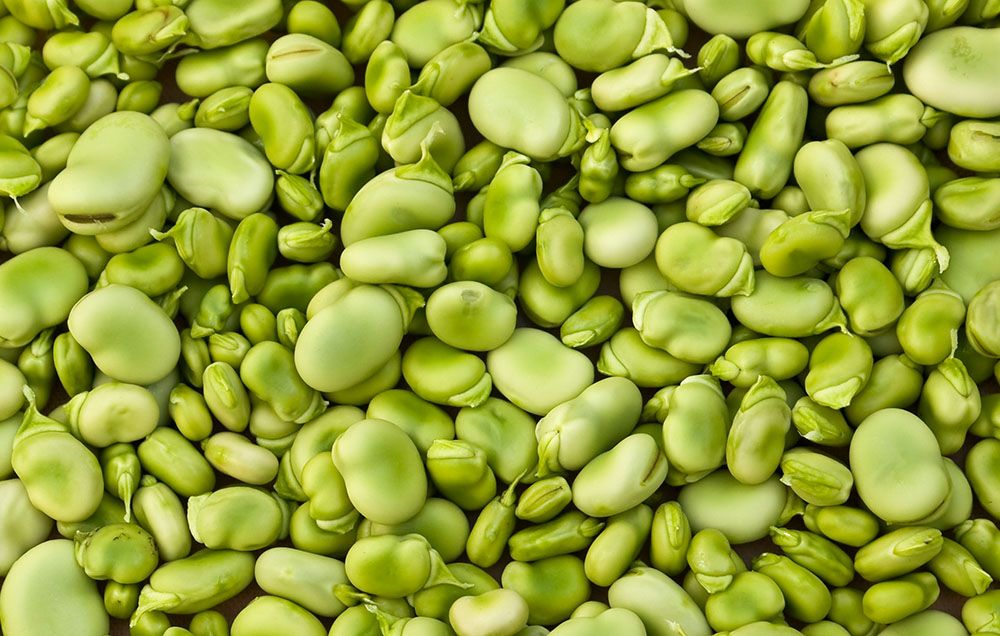 Getty Images
Getty Images
Fiber: 12 grams per 1-cup serving
Frozen or canned is your best option to get all the fiber in lima beans; pair with corn to make a savory succotash. “Corn gets a bad rap, but it’s technically a veggie and it’s relatively high-fiber,” Caspero says. Or puree lima beans with lemon juice, olive oil, salt, and pepper to make a “hummus” for veggie dip or a spread on sandwiches.
15. Lentils
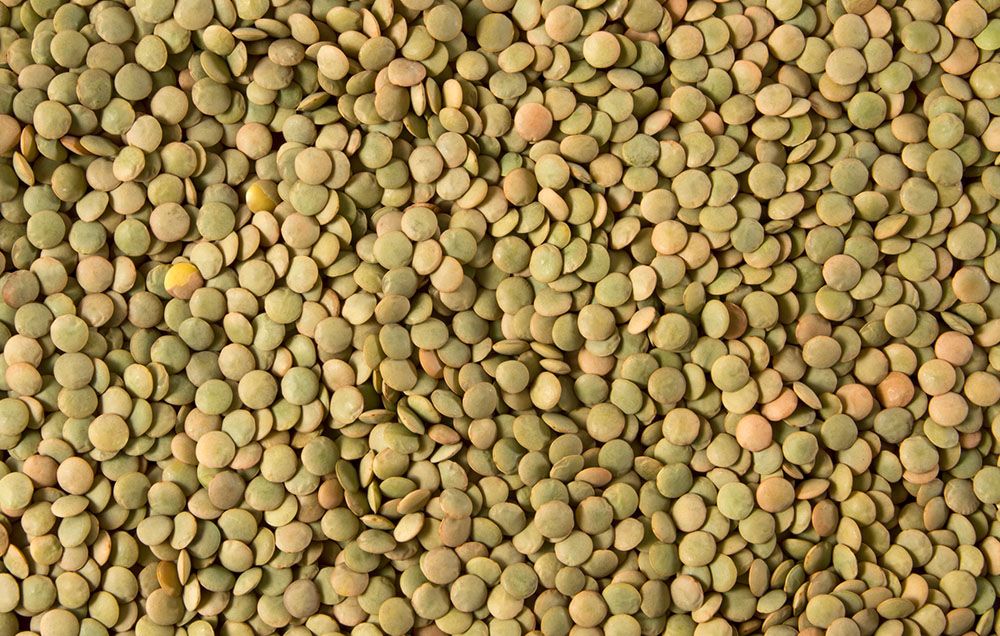 Getty Images
Getty Images
Fiber: 16 grams per 1-cup serving (cooked)
You’ll get tons of fiber and protein in every cup of this vegetarian staple. Buy a bag for a dollar at the grocery store and forget the soaking; just drop in simmering water and they’re ready in 30 minutes. Caspero recommends using lentils as a filling for tacos or burritos, or making a “lentil loaf” (like meatloaf…but with lentils).
16. Black Beans
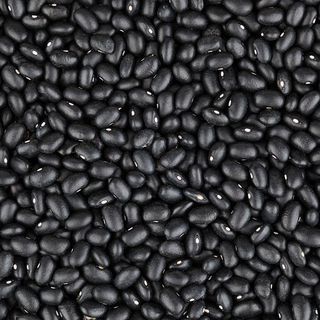 Getty Images
Getty Images
Fiber: 17 grams per 1-cup serving
Caspero suggests lightly mashing black beans and adding to sandwiches, pairing with sweet potatoes and a sprinkling of cheese, adding to soups and salads, or wrapping in a whole-wheat tortilla with turkey and hummus.
17. Whole-Wheat Pasta
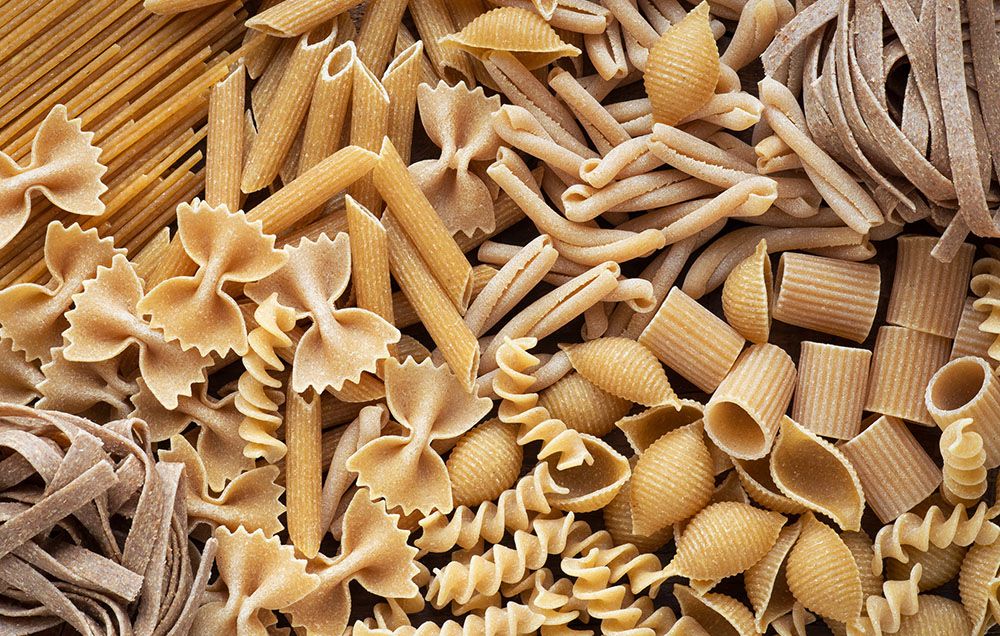 Getty Images
Getty Images
Fiber: 6 grams per 1 cup, cooked
Pasta is a surprisingly high-fiber food, if you do it right. Take your whole-wheat pasta and toss with about two cups of cooked mixed veggies, plus tomato sauce or olive oil and lemon, and you’ll have a fiber-rich meal.
Want even more fiber? Try one of these seven takes on zoodles.
18. Raspberries
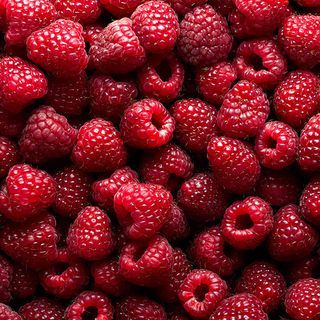 Getty Images
Getty Images
Fiber: 8 grams per 1-cup serving
The season for raspberries—June to August—is fairly short, and they’re pricey otherwise. However, you can enjoy these fiber-rich berries out-of-season if you buy them frozen to add to smoothies or fiber-rich oatmeal.
19. Chickpeas
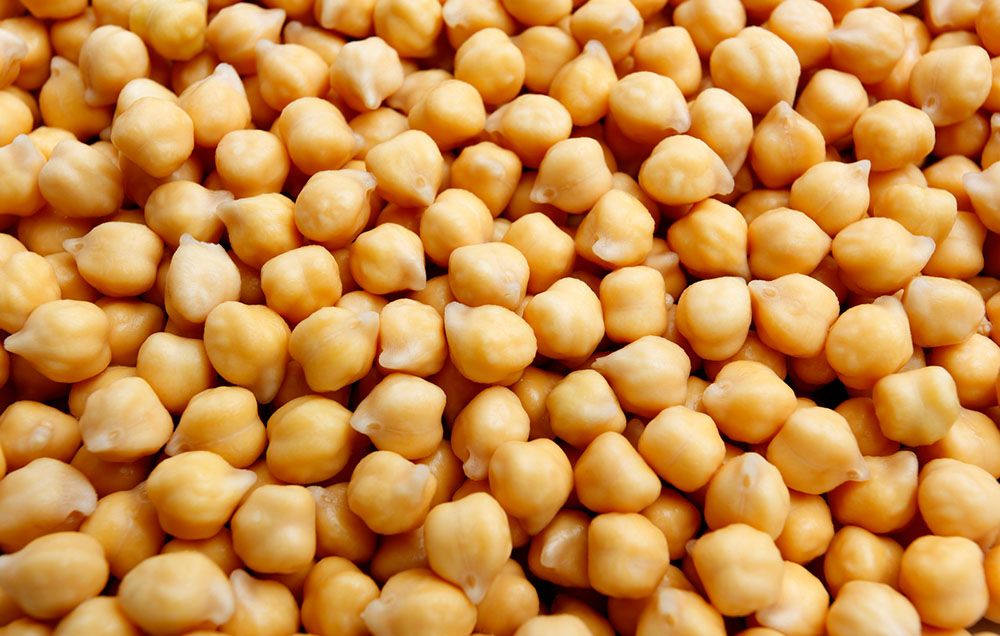 Getty Images
Getty Images
Fiber: 11 grams per 1-cup serving
“I call chickpeas my chicken,” says Caspero, who swaps the high-fiber, vegetarian protein in anywhere she’d otherwise use chicken. Because they’re pretty bland, they marry well in lots of different dishes. Toss them in a blender with mayo, celery, and carrots to make a take on chicken salad that’s high in fiber and protein.
20. Barley
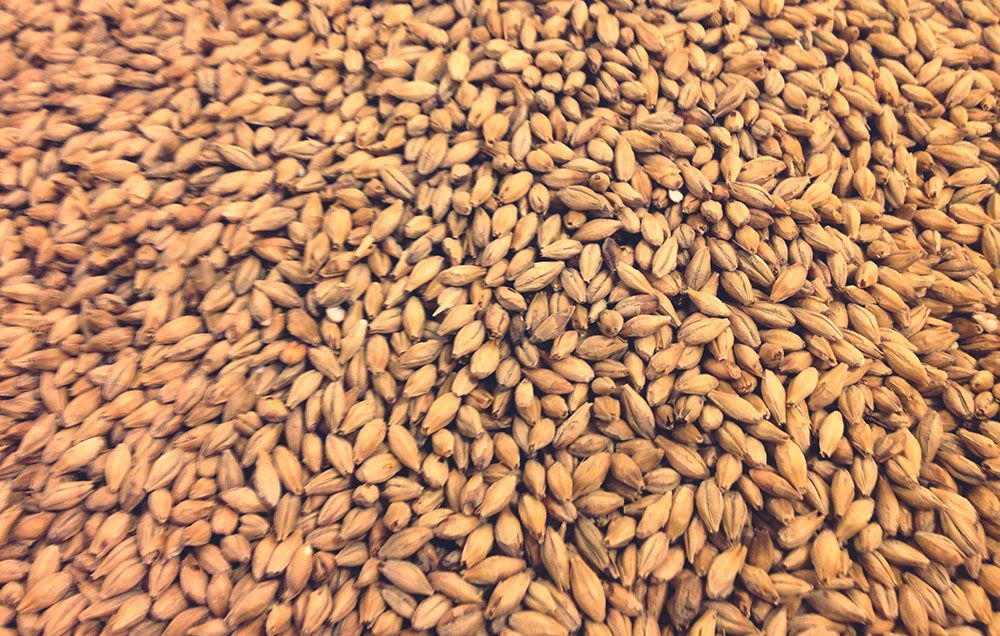 Getty Images
Getty Images
Fiber: 6 grams per 1-cup serving (cooked)
You might associate barley with soups, but it works just as well in any dish that calls for white or brown rice. Buy a package of 10-minute barley at Trader Joe’s and make one big batch that you can keepin the fridge all week. Then, mix it with roasted veggies (like onions, broccoli, and red peppers), a serving of chicken, and some dressing for a hearty lunch or dinner.
21. Pears
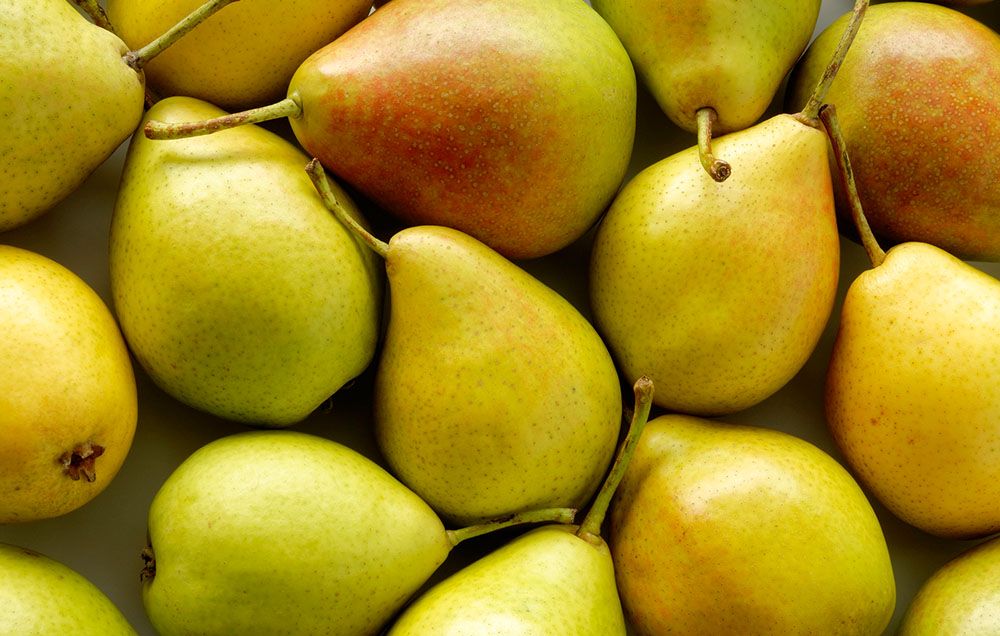 Getty Images
Getty Images
Fiber: 6 grams fiber per medium pear
Apples aren’t the only high-fiber fruit in the game! Pears, though often overlooked, pack plenty. To make a satisfying snack, pair them with almond butter or something savory, like cheese.
22. Avocados
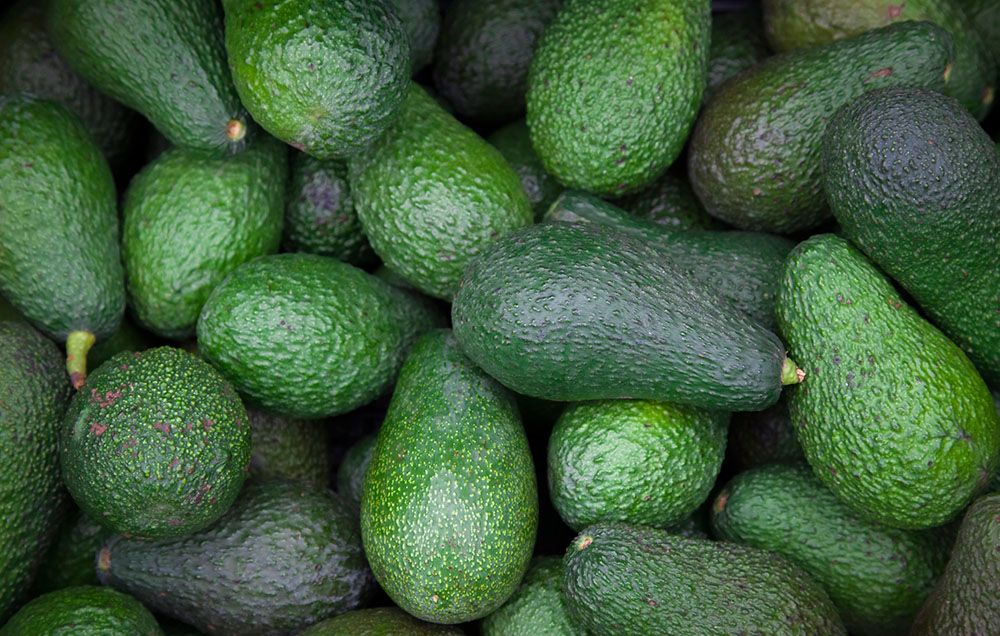 Getty Images
Getty Images
Fiber: 7 grams per half an avocado
Did you even need yet another reason to love brunch’s favorite food? Slather avocado on toast, dice, and toss into your favorite salad, or just slice it to add to your sandwich for a solid boost of fiber (and healthy fats).
23. Blackberries
 Getty Images
Getty Images
Fiber: 8 grams per 1-cup serving
Like raspberries, blackberries are high in fiber. Whether fresh or frozen, you can eat these babies in yogurt, as part of a fruit salad, or raw by the handful.
24. Peanuts
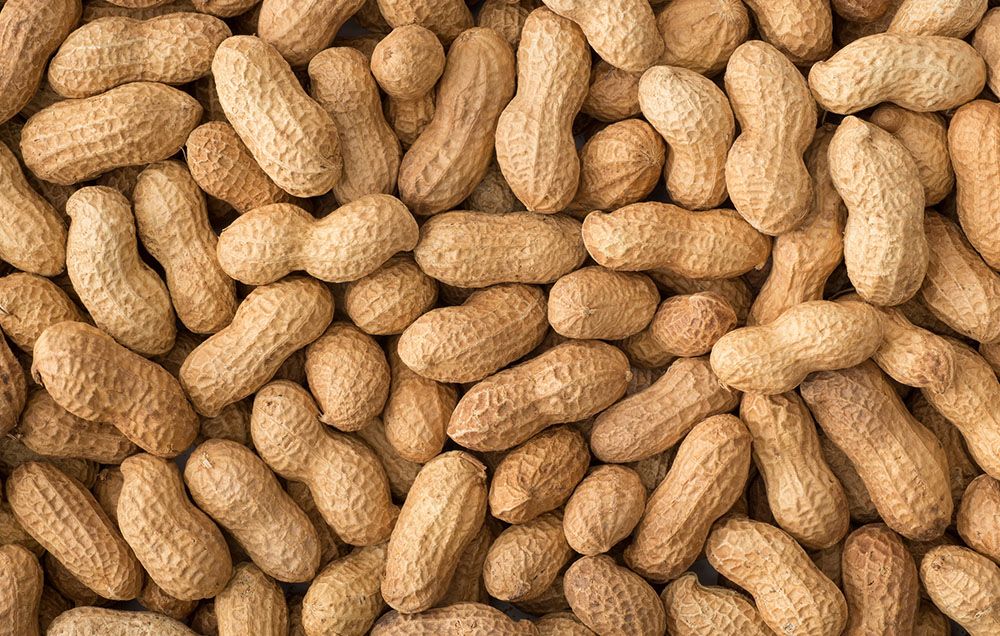 Getty Images
Getty Images
Fiber: 6 grams per 1/2-cup serving
For such a seemingly ordinary food, peanuts contain a surprisingly high amount of fiber. And, yes, that goes for peanut butter, too. Toss whole or halved peanuts into stir fries or salads, or just go ahead and eat some PB straight out of the jar.
Source: Read Full Article


